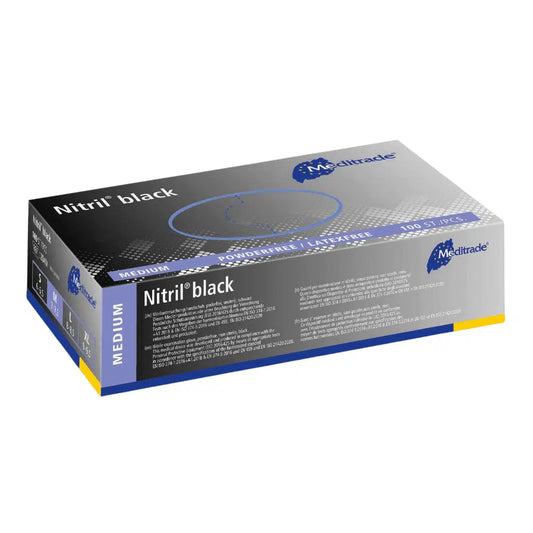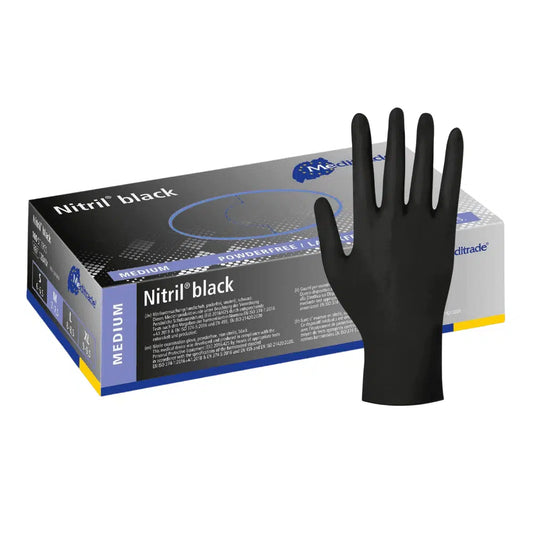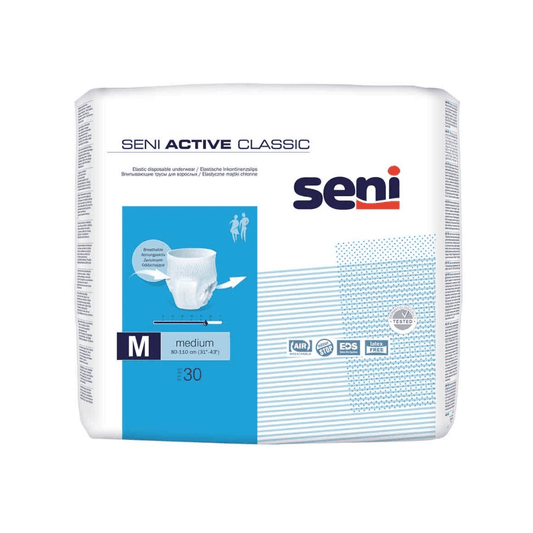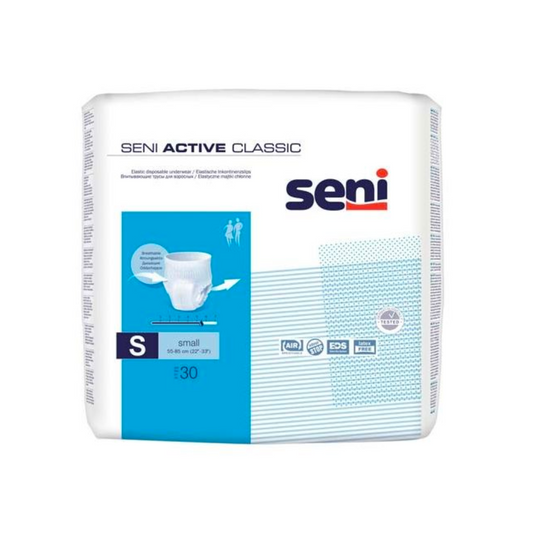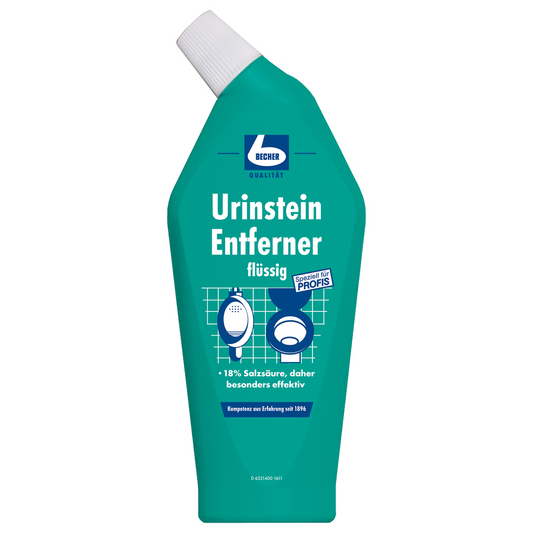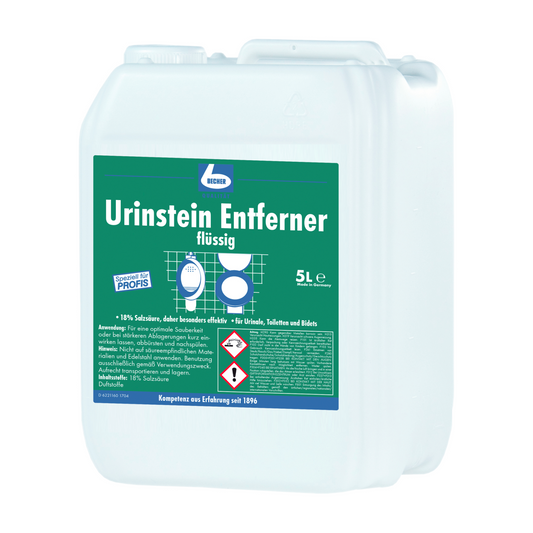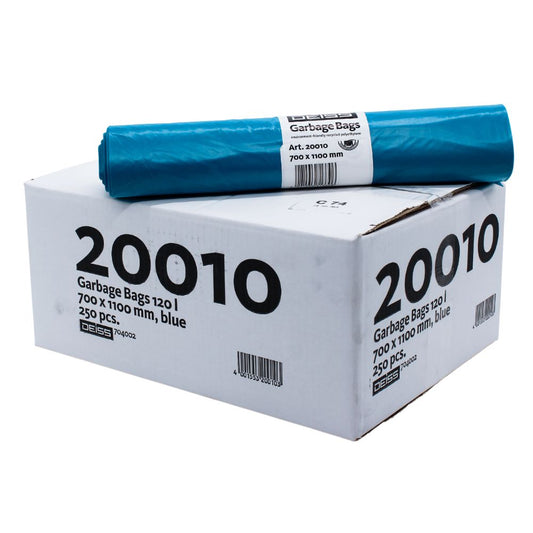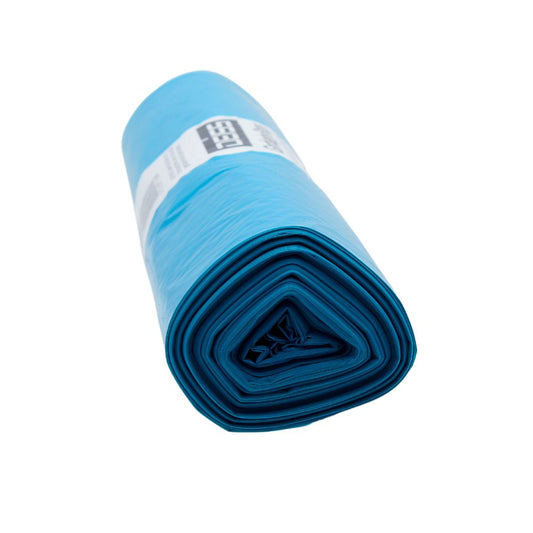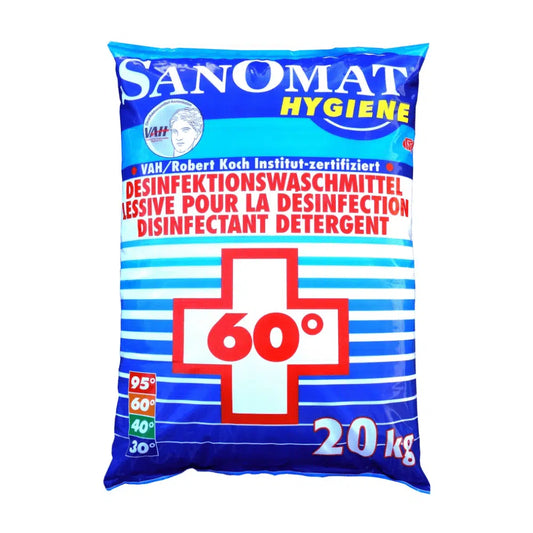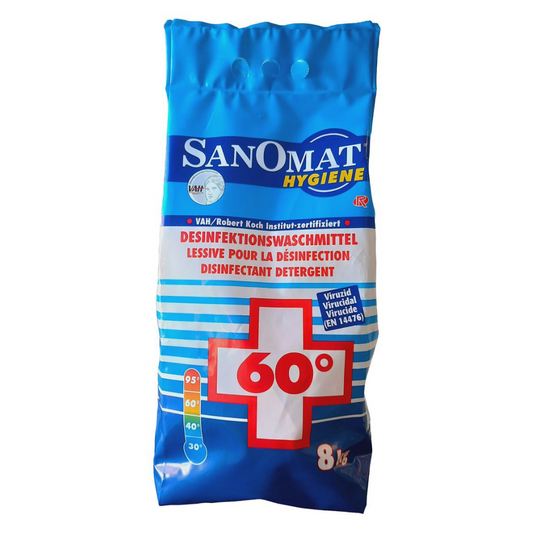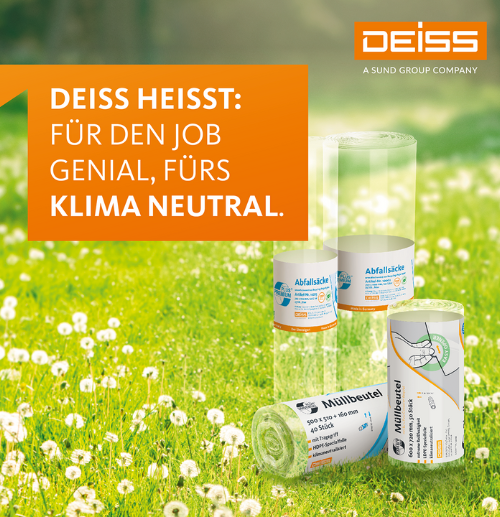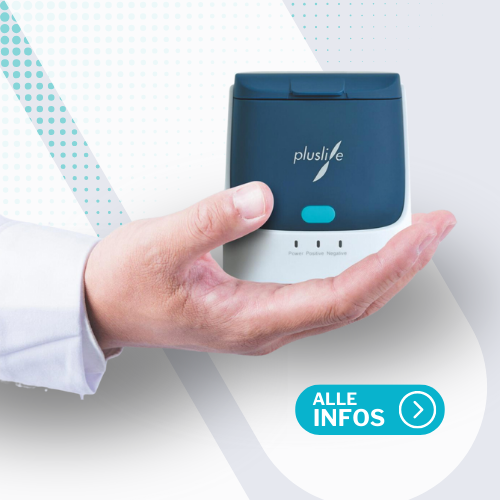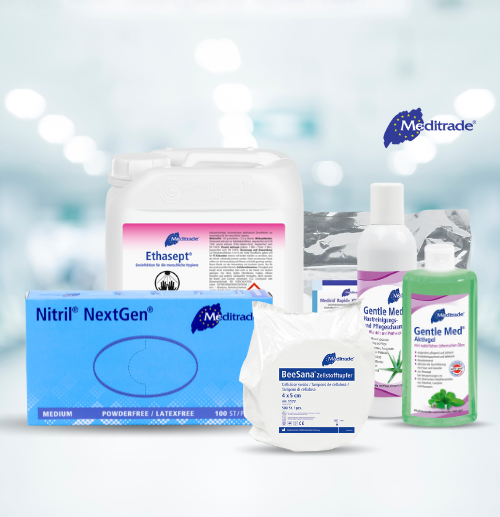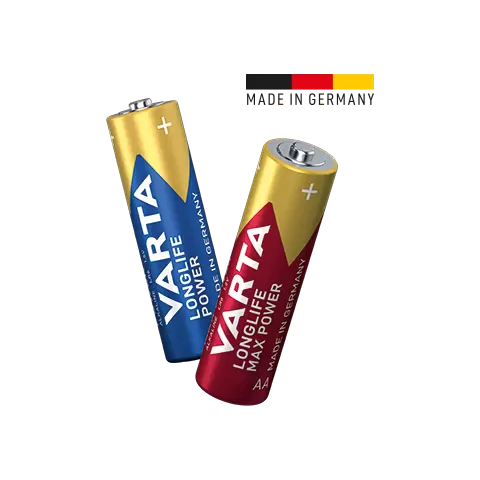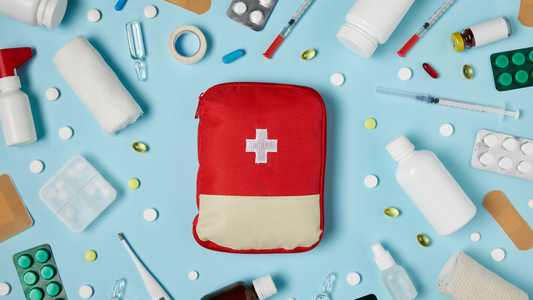
Modern cleaning products: More than just cleanliness
An overview of different types of cleaning agents, their areas of application and information on environmentally friendly use.
In our fast-paced world where cleanliness and hygiene have become a key focus, modern cleaning products are becoming increasingly important. The selection of products is overwhelming and often confusing. So how can you make the best decisions for your household while protecting the environment? This in-depth guide will guide you through the labyrinth of cleaning products, from their diverse types to their environmentally friendly uses.
Cleaning Basics: What Makes a Cleaning Agent?
Before we dive into the specific types of cleaning products, it's important to understand the basics. A cleaning product typically consists of a combination of chemicals designed to remove dirt, bacteria and other contaminants from surfaces. These chemicals can vary depending on the application.
The effectiveness of a cleaning product depends on its formulation. While some products contain strong chemicals that deep clean, others are milder and intended for everyday use.
All-rounder versus specialist: The variety of cleaning products
As mentioned earlier, there are two main categories of cleaning products: all-purpose cleaners and specialty cleaners.
- All-purpose cleaners are the multitaskers among cleaning products. They can be used on a variety of surfaces and can be found in most homes. Although they are versatile, they may not always be the most effective option for stubborn or specific stains.
- Specialty cleaners are designed for specific cleaning problems or surfaces. Examples of this are glass cleaner, oven cleaner or stone cleaner. They tend to be more powerful in their specific area, but should only be used as directed.
The areas of application: One room at a time
Each room in your home has its own cleaning needs. What works for the bathroom may not be suitable for the kitchen. Let's go room by room:
- Bathroom: As already mentioned, limescale and soap residue are the main problems here. But there are also other challenges, such as mold in the joints or water stains on fittings. That's why, in addition to limescale removers, there are also special mold removers and fitting cleaners.
- Kitchen: In addition to grease and oil, you also have to deal with food stains, oven burnt residue, and coffee or tea stains. Therefore, in addition to degreasers, there are also special stainless steel cleaners, oven cleaners and descalers for coffee machines.
- Living and sleeping areas: This is mainly about dust, but also other contaminants such as drink stains on the sofa or stains on the carpet. Special cleaners for upholstery or carpets are helpful here.
- Outdoor areas and garage: Aside from the challenges already mentioned, motor oil, graffiti and rust also come into play here. There are cleaners specifically designed to address these stubborn problems.
Environmental awareness: Green cleaning
The environmental impact of cleaning products has become a flashpoint in recent years. Many people are looking for "green" or eco-friendly options that contain fewer harmful chemicals.
- Choose biodegradable products: These products break down into harmless substances after use and do not pollute the environment.
- Avoid Phosphates: Phosphates can damage water systems and disrupt the balance of freshwater ecosystems. Many modern cleaning products are now phosphate-free.
- Use concentrated products: As previously mentioned, many modern cleaning products are highly concentrated, requiring less packaging material and fewer transportation resources.
Tips and tricks for effective cleaning
Cleaning efficiency means not only that your home is cleaner, but also that you use less product and invest less time.
- Proper Use: Always follow label directions. This ensures that you use the product safely and effectively.
- Less is often more: Overuse of cleaning products does not result in cleaner surfaces. It can actually leave a residue and lead to more work.
- Proper Storage: Store cleaning products out of the reach of children and pets and preferably in a cool, dry place.
- Avoid mixing products: Some chemicals can release dangerous fumes when mixed. It is safer to use them separately.
A clean home not only provides aesthetic benefits, but also contributes to a healthier environment. By knowing the different types of cleaning products available and how to use them correctly, you can ensure your home is always in its best condition while protecting the environment. The best from both worlds!
